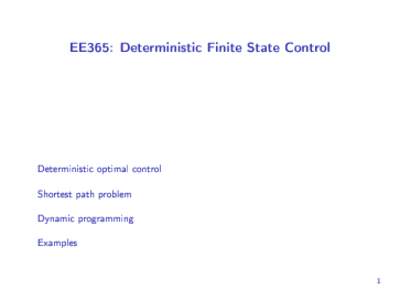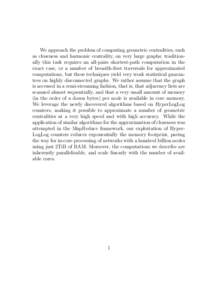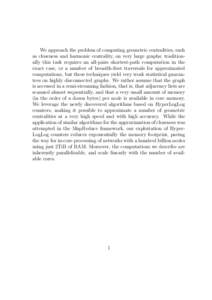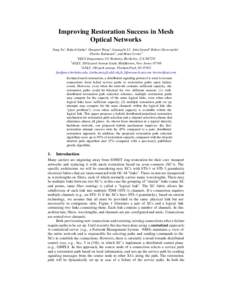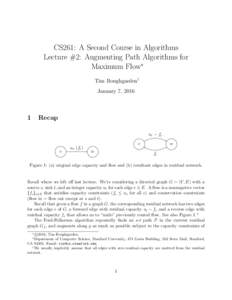<--- Back to Details
| First Page | Document Content | |
|---|---|---|
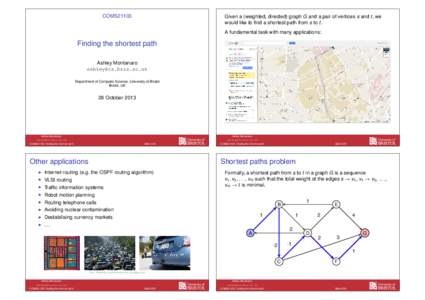 Date: 2014-01-08 09:09:07Network flow Operations research Routing algorithms Network theory Bellman–Ford algorithm Shortest path problem Dynamic programming Induced path Maximum flow problem Mathematics Graph theory Theoretical computer science |
Add to Reading List |
 COMS21103 Given a (weighted, directed) graph G and a pair of vertices s and t, we would like to find a shortest path from s to t. A fundamental task with many applications:
COMS21103 Given a (weighted, directed) graph G and a pair of vertices s and t, we would like to find a shortest path from s to t. A fundamental task with many applications: